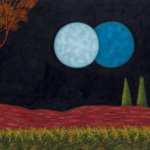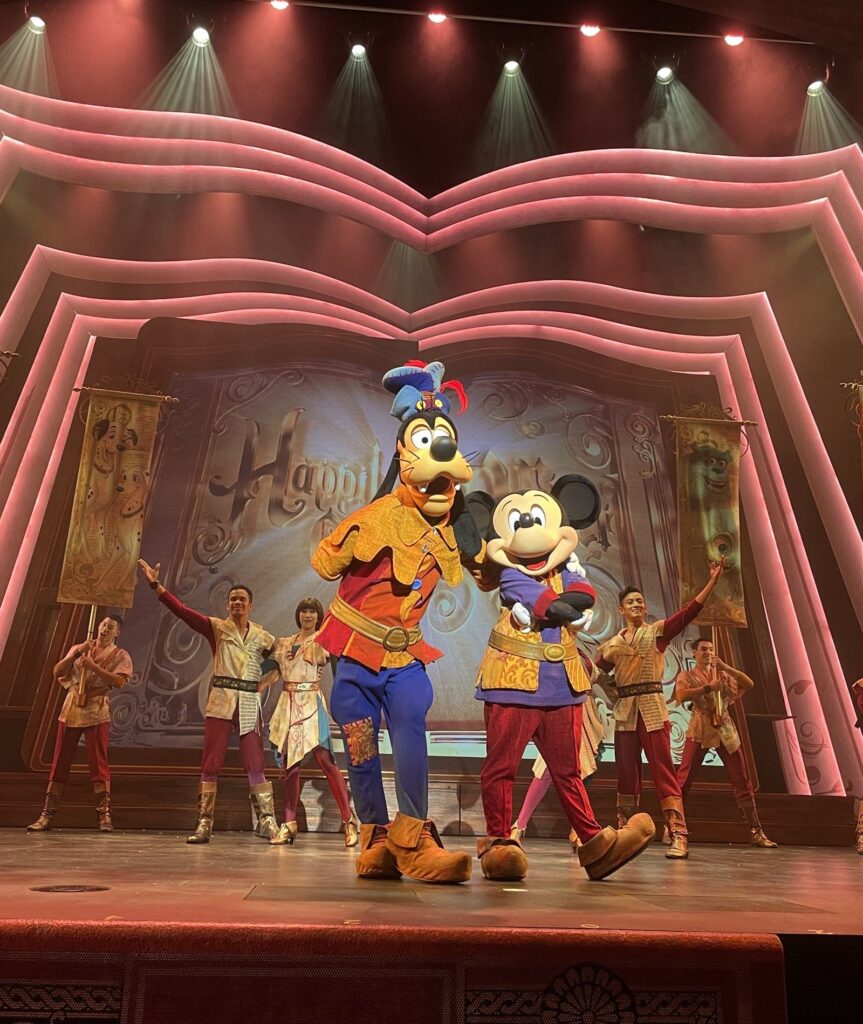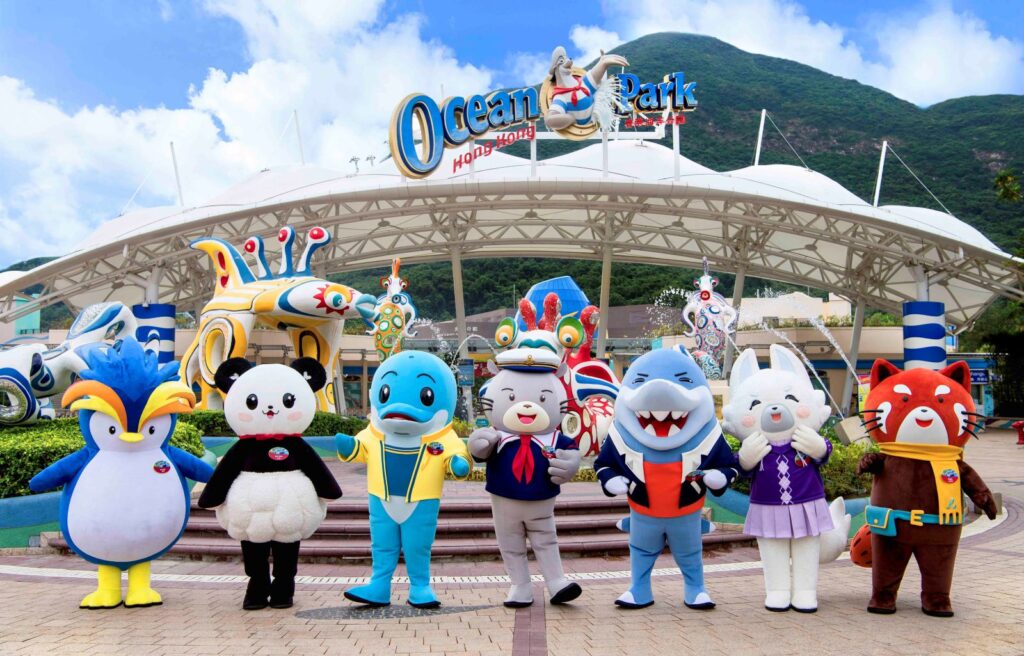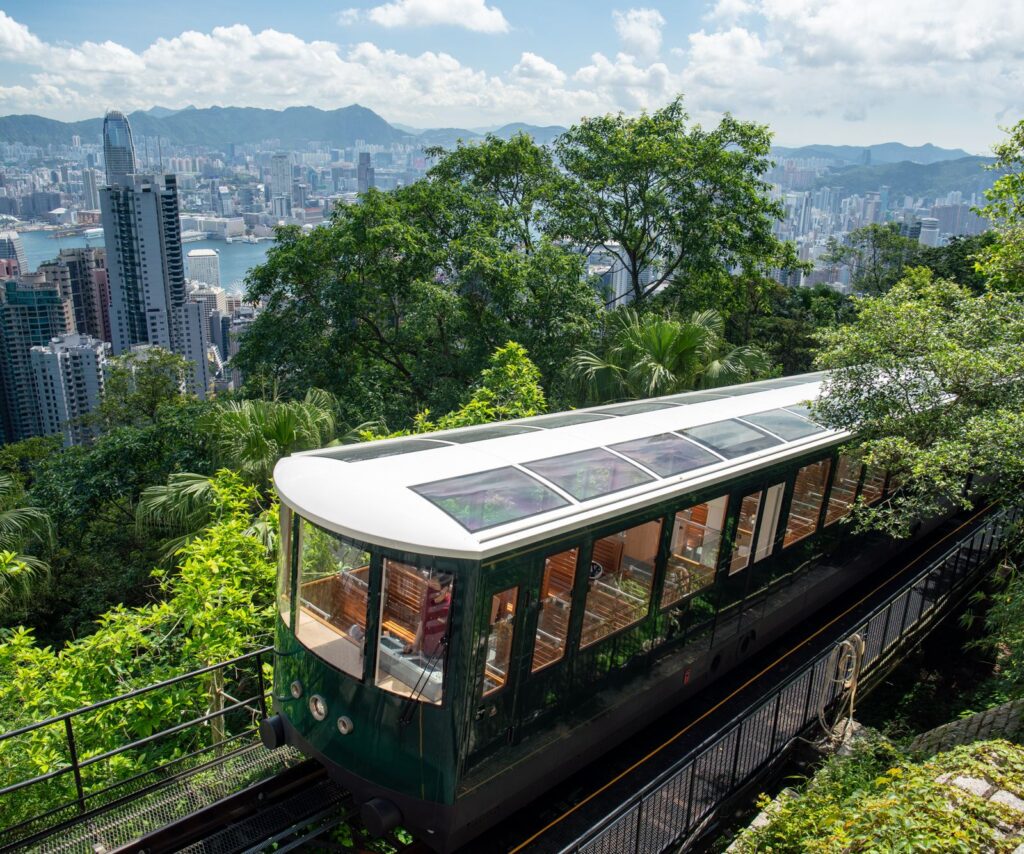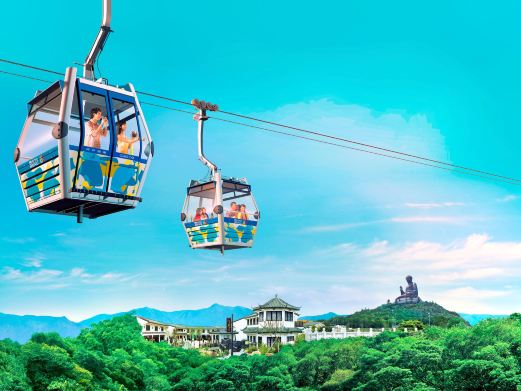When I was rereading ‘Dream of the Red Chamber’ two days ago, I was reminded by the first sentence of ‘Daiyu enters the Jia Mansion’: ‘A fledgling swallows leaves its old place; a lone girl turns to her grandmother.’ If migration led Daiyu into the tragedy of the Jia Mansion, does it also mean that the fate of the general environment and the fate of an individual are often connected and driven by’migration’? In the previous exhibition, I tried to analyze and recognize the relationship between me and the land of Hong Kong from a relatively macroscopic historical level. Although there is indeed personal history mixed in, it seems to only serve as a hidden thread. However, in this exhibition, I try to start from a more private personal and family history and narrate the changes in the relationship between people and places during the process of family migration. Here, ‘place’ may be more appropriately understood as a more abstract object, or perhaps a kind of spiritual landscape. Looking at the migration history of our family, women have always been at the center, from my grandmother to my mother, except for me. In Chapter 59 of ‘Dream of the Red Chamber’, ‘pearls and fish eyes’ are used to compare young girls and mothers. Pearls seem to be often associated with women. Whether it is the pearl of the clam spirit in oriental fantasy novels or the promised land full of treasures and pearls in Western classics, pearls always appear in people’s impressions in the image of Venus, holy and pure. When grandma talked about when she first came to Hong Kong, she said it was like Granny Liu entering the Grand View Garden. Everything was new to her. She described herself as a big clam dragging several small clams. Perhaps in her eyes, we are all pearls in her arms. She carried us from Shanghai to Shenzhen and then from Shenzhen to Hong Kong. My mother was a young girl when she first came, and when she returned, she had become a mother. In the decades, for Hong Kong, she has always been like the Yue opera she loves to sing: ‘A Lin Daiyu falls from the sky.’ Sudden but irreversible. The connection between an individual and a place develops vertically in religious narratives, hoping to connect with divinity through spiritual practice. However, in secular life, it expands horizontally. The cornerstone of a family unit can give rise to an extremely solid relationship between people and places. Like me, like my mother, like my grandmother, like layers of clams intermingling with each other, we are all each other’s pearls. The combination of horizontal and vertical forms a coordinate system, which seems to provide a basis for human existence. Human migration is emotional. Trying to explain human flow with cold and serious history is cruel to me. I like those intertwined and ambiguous relationships because sometimes these can reflect a greater historical narrative. In the surging torrent of time, the encounters of individuals and families are so insignificant.
Perhaps it is an act of compassion to imagine everyone as an oyster, for at least we all have a shell. I believe that throughout one’s life, we are all learning to become mothers, to become the old oysters that hold pearls. The exhibition is open from October 19th to November 30th. Please note that the specific business hours are subject to the day’s opening status.
‘Bubbly Motherhood’: Solo Exhibition of Wang Shunyu in Hong Kong, China
When I was rereading ‘Dream of the Red Chamber’ two days ago, I was reminded by the firs[...]

